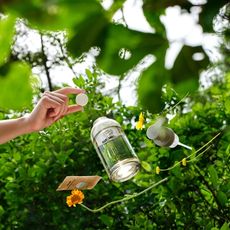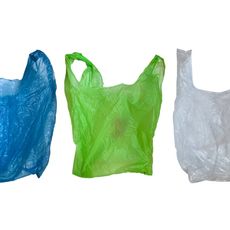What You Didn’t Know About Dryer Sheets

August 6, 2024

Yes, it's convenient. But is your dryer sheet doing more harm than good?
Now that they’ve been around for decades, it’s hard to imagine what we did before dryer sheets. Invented as a way to make laundry day less of a lift (literally), they’ve been lauded for their convenience and effectiveness in softening clothes, reducing static clean, and eliminating wrinkles—but are they really the best option?
Why Dryer Sheets?
As an alternative to fabric softener—often sold in heavy jugs—dryer sheets were revolutionary in their time: easy to store, even easier to transport, and just as effective as leading fabric softeners.
How They Work
Dryer sheets contain fabric softeners with positively charged ions. These ions soften fibers to reduce wrinkles and balance the electrons in clothing (especially in a warm dry cycle) that cause static clean. They’re also usually infused with a scent that leaves clothes smelling fresh.
What They’re Made Of
The tough news? Most dryer sheets aren’t made with ingredients that are good for you (or for the planet). Typically, they contain:
- Polyester (i.e. plastic): what makes up the actual “sheet”
- Softening agent: anything from fatty acids or alcohols to ammonium salts.
- Artificial fragrance: often containing common irritants.
- Harmful filler ingredients: silicone, VOCs, or other dyes
The Eco Option?
As a team devoted to reducing single-use plastics, we’re officially on team dryer balls. Made of sustainably sourced New Zealand wool, Blueland Wool Dryer Balls can replace up to 1,000 single-use plastic dryer sheets. Plus, they’re proven as effective as any leading dryer sheet or fabric softener option!
The Laundry Essentials
Keep Reading
Refill is the New Recycle
The perfect way to start cutting out single use plastic from your home.
















